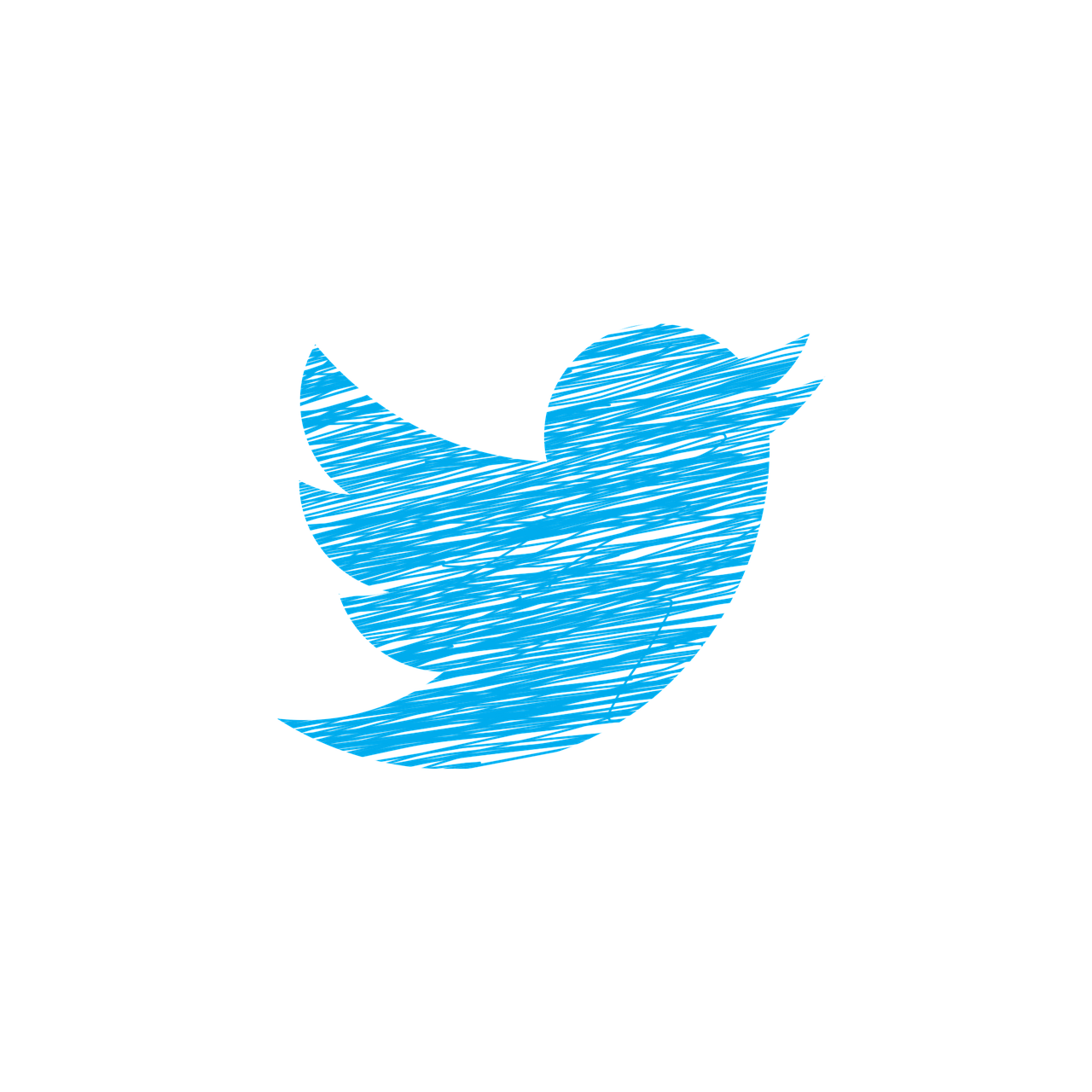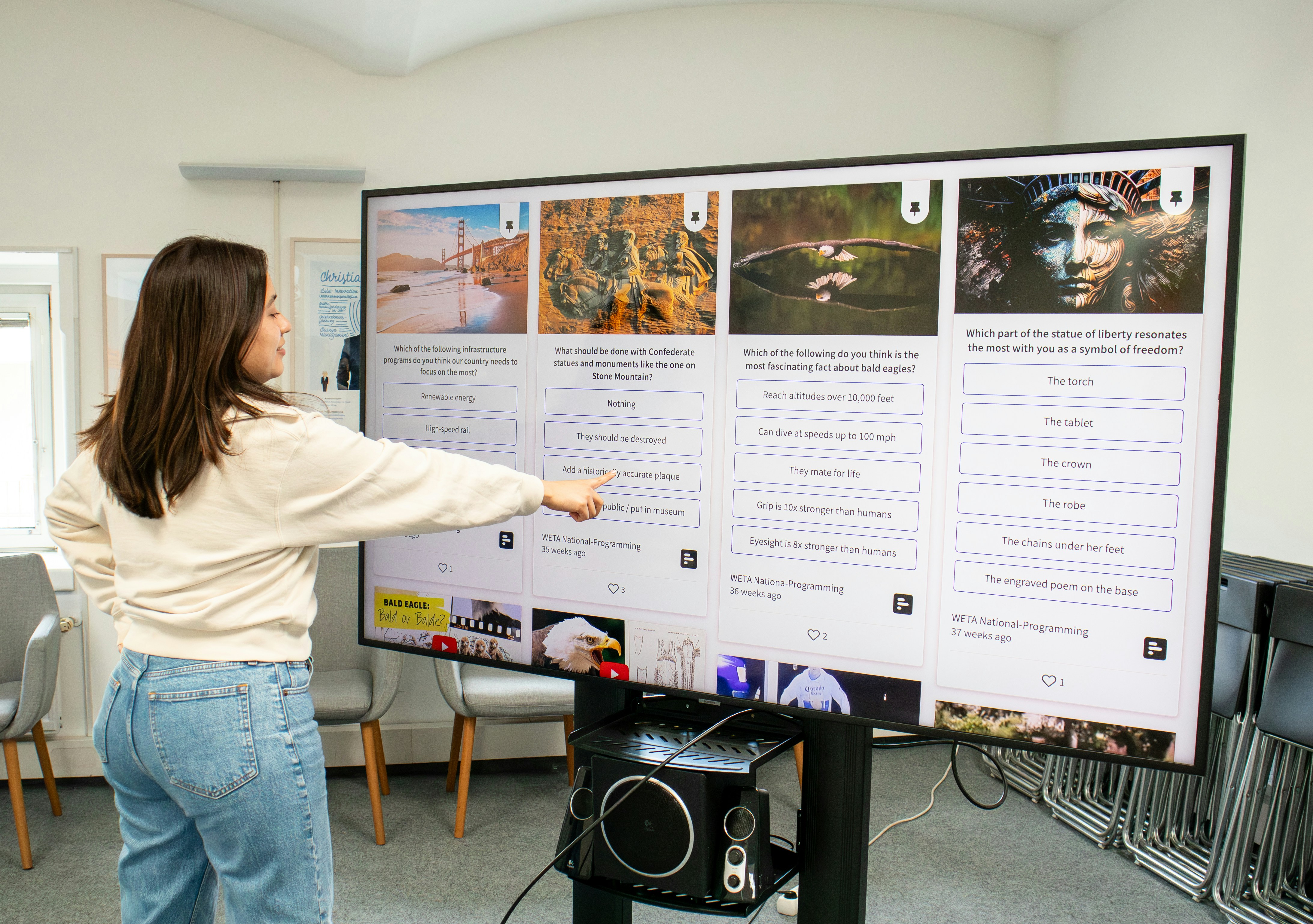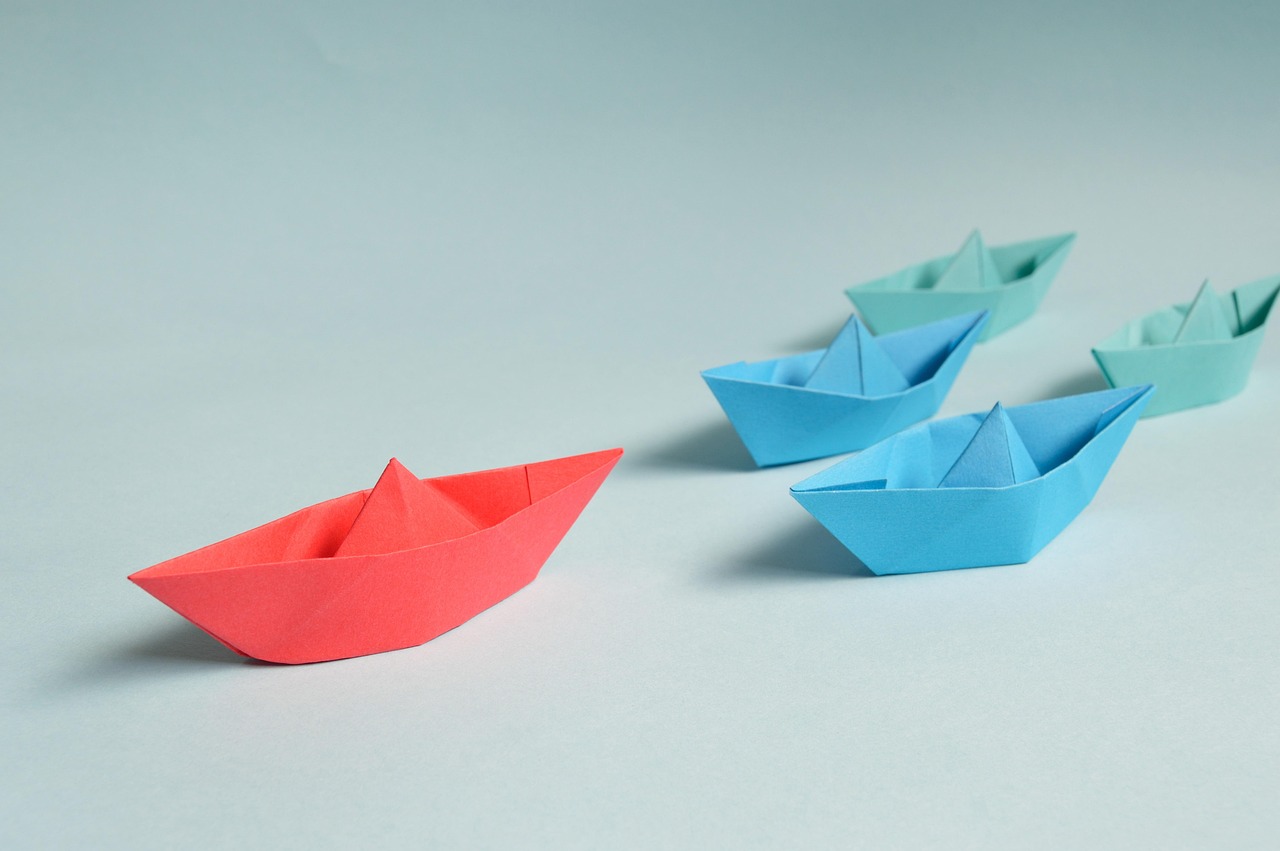The rising importance of technology in our lives has led to more connected people to online information, not only limited to computers, but also to smartphones and tablets. This makes us face an audience that is connected 24/7 and has the expectation to be continuously updated.
The audience of European projects is no exception in this respect: projects, their coordinators and partners as well as the European Commission and its Agencies are increasingly active on social networks. Social media is a very powerful tool to disseminate information and to effectively let people know about the activities the projects are carrying out, creating networks among similar actors and generating virtual communities interested in specific topics.
Why is a website not enough anymore?
Having a consolidated online presence is vital and is part of the success of a project, especially when it comes to dissemination and communication of results.
A website is indeed the supporting pillar of the online image of a project, so building it in a clear and engaging way is very important. Every social media channel will contain a reference to the site itself as a sign of reliability and trust. However, the website is a one-way communication channel that gives you information when you open it. Earlier in FP6 and FP7, a project website would have been sufficient as an online communication channel, but nowadays this is no longer the case. In this fast-paced era, it would be naïve to believe that people interested in our research would open the site every day to check out if there is an upcoming event that fits their interest, location and schedule. Instead, there is a bigger possibility of success if we share an event on Facebook, for instance, where they can reach the publication through different angles: because the project shared the event, a friend might have liked it or they might be searching for an event in their city and Facebook algorithm would suggest our event as a possible fit.
How can my project benefit from this?
This is why there is a need of understanding web 2.0, a not-so-new concept of Internet where the audience is not only a passive consumer, but prosumers, given that we are now both consumers and producers of content. The followers of our projects have the chance to interact with experts in a very quick and easy way. When a person likes your project page, they will receive your news on their personal feed too. It’s the information going to them, not them looking for it. Now, imagine a person having breakfast, opening their Twitter and seeing that you organized an interesting workshop the other day in their city. For sure they will want to stay updated to join the next one.
With social networks, you can not only reach your target in a quicker and easier way, but you can also broaden it. I might not be aware of what sites my friend visits, or where he obtains information on his topics of interest; but if he ‘likes’ or shares related news, I will directly see the post on my phone, and as a consequence, there is a high chance I will find it interesting too.
The European Commission is increasingly encouraging the beneficiaries to spread their projects’ results not only to the scientific community, but also to a wider audience. How to achieve this? Take, for example, the FP7 project PlasCarb. You may not have wide knowledge about ‘graphitic carbon’ or how a ‘microwave plasma reactor’ works, which are the main topics in PlasCarb, but ‘obtaining valuable material from our own food waste’, which is the overall ambition of the project, may sound quite interesting. Even more so, if you would know that the project’s impact could lead to building stronger and more resistant mobile phone screens.
How to do it?
Opening a new profile or page is free on most popular social networks. This doesn’t mean that it’s easy to drive people to your new profile and get visibility immediately. In fact, people are distracted by a lot of social networks and posts; so you have to earn your audience by sharing valuable content. Not to mention, your project is not the only one wanting to attract followers, there are many projects doing the exact same thing and probably with more resources than you might have. The first step would be to monitor your competitors and learn from both their mistakes and best practices. Engage with them by liking and sharing their posts or events, and take into account all possible collaboration opportunities for spreading further your information.
Ask yourself: what would catch your attention about an EU project? Its results? Its events? Maybe to stay updated with its news? Depending on the project and its progress, you should highlight its different aspects. During its first period, the promotion about its objectives and partnership should be prioritized, while in the second period there will be more concrete results to show to the world, such as scientific research outcomes, events that took place, or a material product or service.
Secondly, the target audiences should be well defined. Does the project aim at researchers or young startuppers or policy makers? Based on this, a social media plan will follow to decide on what kind of content, tone and style should be used, together with the number and timing of publications.
All in all, social media networks are a new tool whose potential we should not underestimate or disregard. We should learn how to use their capacity in the most effective ways, since many EU commissioners, decision makers, scientists and researchers, but also official institutions, agencies and NGOs are growing their online presence and engaging with the influencers and most relevant actors in their field of interest. All these online communities will play a significant role as means and part of the communication and dissemination activities.




